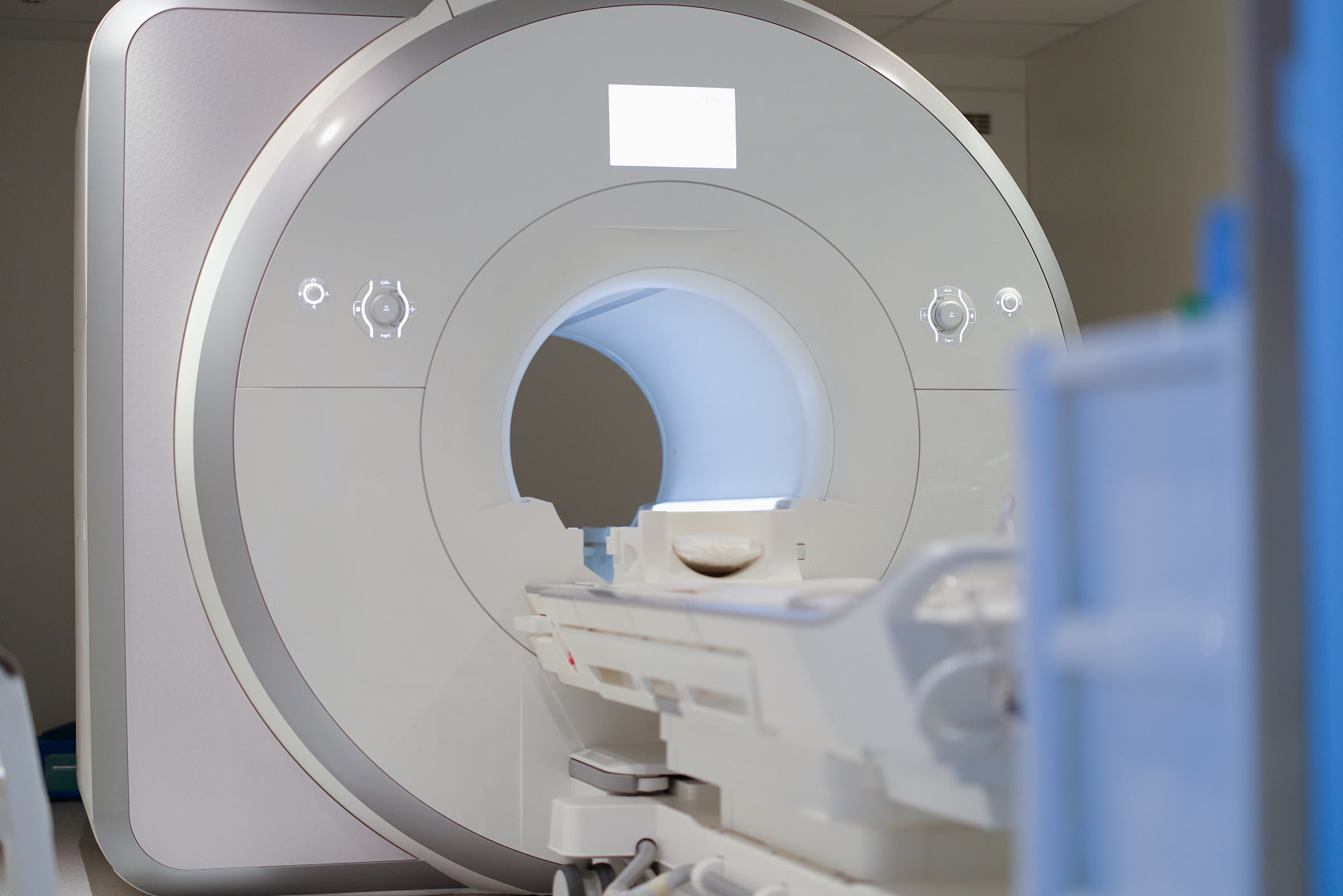Nuclear magnetic resonance is a physical phenomenon that involves the interaction between the spin of an atomic nucleus and an applied magnetic field, which causes the nucleus to resonate. In medicine, magnetic resonance imaging (MRI) uses this phenomenon to obtain image information inside the human body.
An electromagnet is a device that uses an electric current to create a magnetic field. It is usually made of a solenoid or coil that attracts or repels objects through a magnetic field generated by an electric current. Electromagnets are often used in electronics, communications, energy and other fields.
In magnetic resonance imaging, a strong magnetic field is required to excite and detect resonance phenomena in atomic nuclei. For this reason, high-strength electromagnets are often used in MRI devices to generate magnetic fields.
Therefore, although nuclear magnetic resonance and electromagnets are different physical phenomena, in some applications, such as magnetic resonance imaging, electromagnets play an important role.

Here's how NMR works:
Spin: Atomic nuclei have spin and rotate on their own axis just like the Earth.
Magnetic moment: Atomic nuclei have a positive charge and therefore also generate a magnetic field. When an atomic nucleus spins, it creates a magnetic moment, which is the strength and direction of a magnetic field.
Applied magnetic field: Under the action of an applied magnetic field, the magnetic moment of the nucleus will be changed by the action of the magnetic field.
Resonance: If the strength and frequency of the applied magnetic field is exactly equal to the Larmor frequency of the nucleus, the magnetic moment of the nucleus will resonate. In resonance, the nucleus absorbs the energy of the magnetic field and deflects the magnetic moment instantaneously.
Relaxation: When the external magnetic field no longer acts, the magnetic moment of the nucleus will gradually return to the equilibrium state, this process is called relaxation. The nucleus relaxation process is an important parameter in magnetic resonance imaging.
Detection: In magnetic resonance imaging, the detection coil is used to detect the signal emitted by the nucleus during the relaxation process, so as to obtain information about the inside of the object. Using this information, a three-dimensional image of the object can be reconstructed.